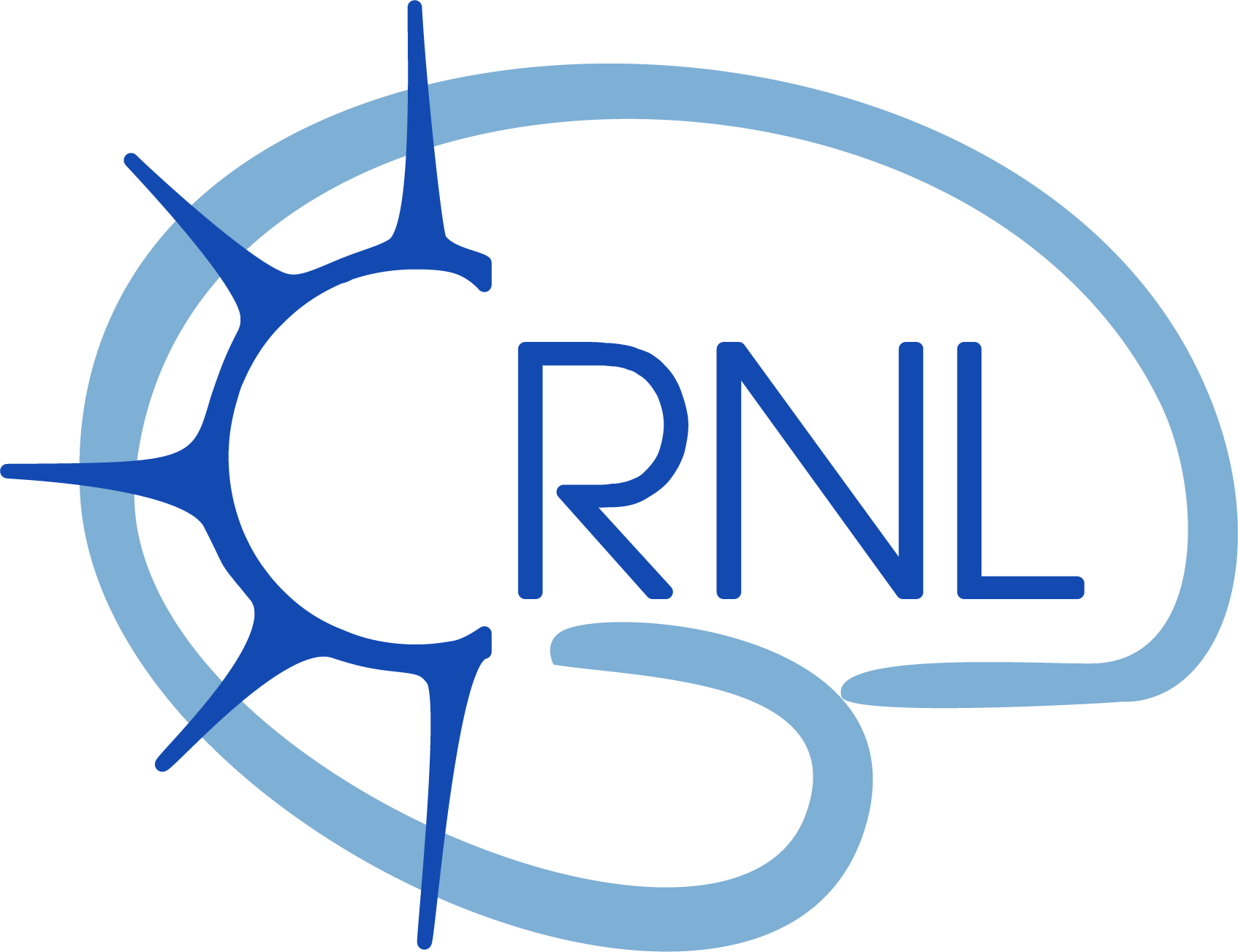Infraclinical detection of voluntary attention in coma and post-coma patients using electrophysiology
Résumé
OBJECTIVE: Early functional evaluation and prognosis of patients with disorders of consciousness is a major challenge that clinical assessments alone cannot solve. Objective measures of brain activity could help resolve this uncertainty. We used electroencephalogram at bedside to detect voluntary attention with a paradigm previously validated in healthy subjects.
METHODS: Using auditory-oddball sequences, our approach rests on detecting known attentional modulations of Event Related Potentials that reflect compliance with verbal instructions. Sixty-eight unresponsive patients were tested in their first year after coma onset (37 coma and 31 first year post-coma patients). Their evolution 6 months after the test was considered.
RESULTS: Fourteen of the 68 patients, showed a positive response. Nine were in a coma and 5 in a minimally conscious state (MCS). Except for one who died early, all responders evolved to exit-MCS within 6 months (93%), while 35 (65%) among non-responders only.
CONCLUSIONS: Among those patients for whom the outcome is highly uncertain, 21% responded positively to this simple but cognitively demanding test. Strikingly, some coma patients were among responders.
SIGNIFICANCE: The proposed paradigm revealed cognitive-motor dissociation in some coma patients. This ability to sustain attention on demand predicted awakening within 6 months and represents an immediately useful information for relatives and caregivers.
| Origine | Fichiers produits par l'(les) auteur(s) |
|---|
